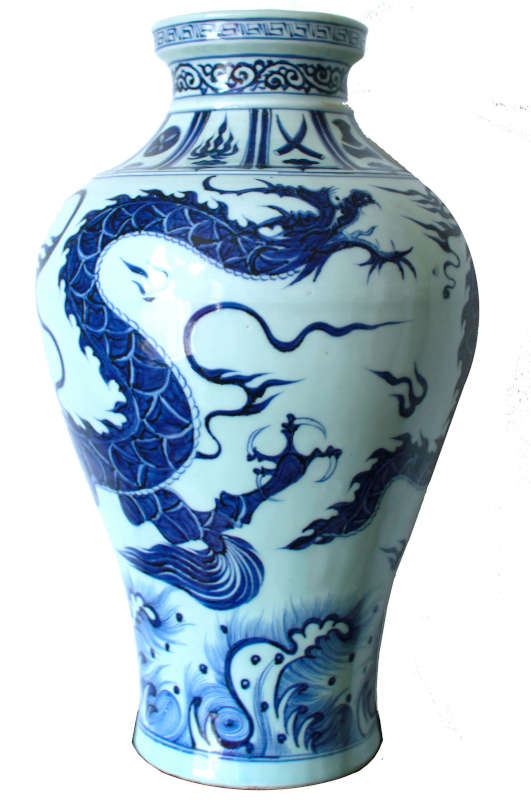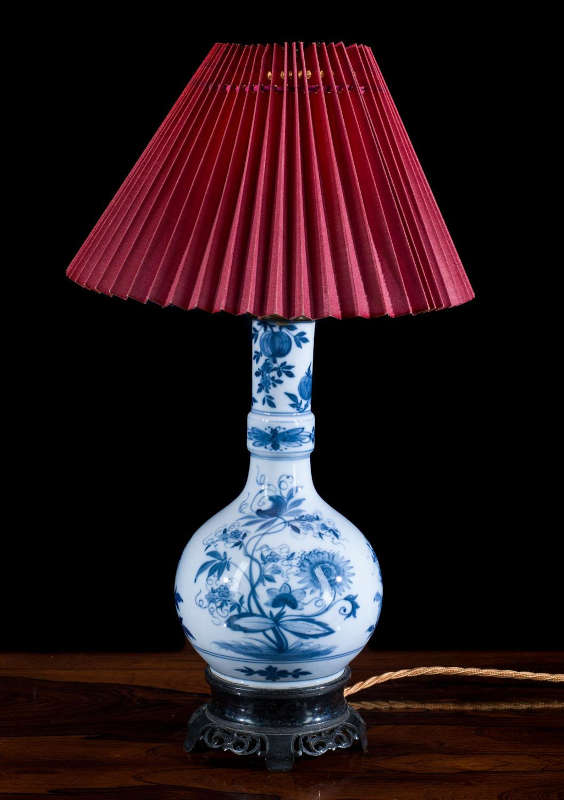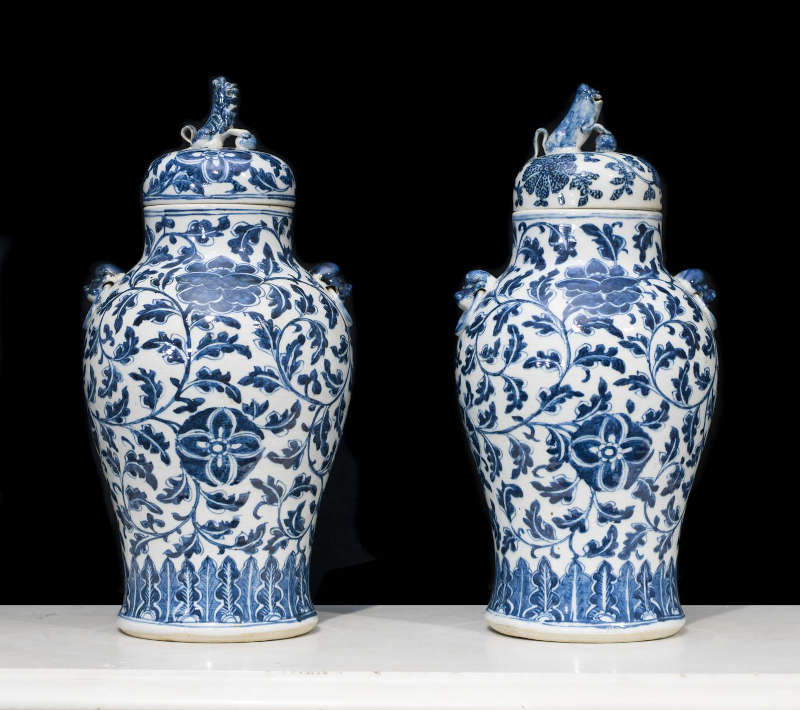In this guide, we’ll reveal the key signs for how to identify an antique Chinese vase and confirm its authenticity.
Beautiful Chinese vases are very popular. An imperial Chinese vase became the most expensive antique ever - $72.95m - after it was found by chance in a London bungalow in 2010.
Just this summer, the world record was set for the most expensive revolving vase ever, fetching $41.6m in Beijing.
A collector must always watch out for forged or fake antiques on the market - it’s no different when looking for an antique Chinese vase.
As technology advances, there is always the risk of someone going to great lengths to pass off a reproduction as the real thing.
In this collector’s guide, we’ll summarise how to identify an antique Chinese vase as genuine. There are eight checks to make in total, beginning with the shape.

× 
Shape and colours
As centuries passed and the dynasties changed, so did the vases’ curves
From the Song dynasty, up until the final Qing dynasty, there was a limit to how much vases’ shapes were changed during a specific reign.
The eras which an antique Chinese vase could originate from are:
- Song: 960-1279
- Yuan: 1271-1368
- Ming: 1368-1644
- Qing: 1636-1912
As centuries passed and the dynasties changed, so did the vases’ curves, but this helps experts to match the shape to the dynasty it came from.
The second step for how to identify an antique Chinese vase is by its distinctive colour palette.
Take a look at this exquisite hand-painted Chinese table lamp from our collection - a blue pattern on a white background was the most commonly used colour scheme.

× 
Other colours were used too - for example, the revolving vase mentioned earlier is an 18th century yangcai vase. These have pink enamel and include a range of other soft colours.
Decorations and vase foot
An antique Chinese vase is typically stylised with a decorative pattern
Next, an antique Chinese vase is typically stylised with a decorative pattern.
Our now-sold 19th century baluster vases are a perfect example of this - flowers and leaves are very representative of the motifs used by artists of the time.

× 
These baluster vases also feature ‘Foo Dogs’ which are often found at the front of entrances to temples and imperial palaces.
The fourth sign for how to identify an antique Chinese vase is by analysing its foot, to find an indication of which dynasty it comes from.
Everything from how white the rims look, to how smooth they feel, can help determine the era.
Glaze and porcelain
Typical colours of the glaze can be matched to different dynasties
The fifth inspection should be looking at the waterproof glaze coating style, which also varies depending on the time period.
The typical colours of the glaze can be matched to different dynasties, or even to specific kilns - the glaze may also show natural signs of exposure to soil, air or water.
Step six for how to tell if a Chinese vase is antique is by inspecting the refinement of its clay.
Porcelain quality was at its highest in the 18th century, so a vase from this time should reflect that.
In contrast, a collector could expect an antique Chinese vase from other centuries to have more defects.
Ageing and Chinese vase marks
Chinese vase markings on the base relate to a particular era
Step seven is crucial and involves examining the signs of ageing on the vase, such as from kiln firing.
We would also expect to see signs of dirt from where the vase had rested for many years, as well as general wear and tear from a bygone era.
The last check for how to identify an antique Chinese vase is its mark. Chinese vase markings on the base relate to a particular era.
These Chinese vase marks should reflect the other evidence on the vase about the time period the antique originates from.
Conclusion: how to identify an antique Chinese vase
In summary, when attempting to identify antique Chinese vases as authentic there are eight major factors to consider: shape, colours, decoration, foot, glaze, porcelain, ageing and Chinese vase markings on the base.
If you’re ever in doubt, consult with an antiques expert before cashing out on high-priced antiques which may not be the real deal.
If you would like to ask about anything in our collection, please don’t hesitate to get in touch - we’re always happy to talk about everything antiques!